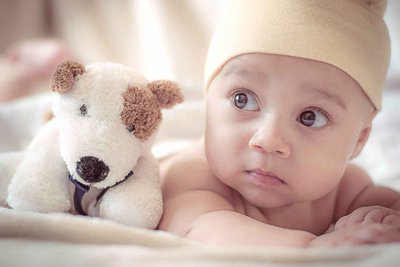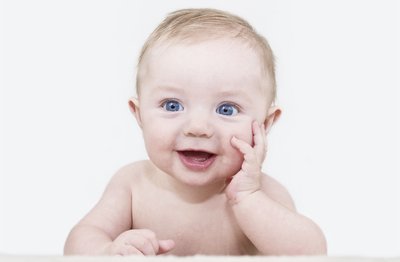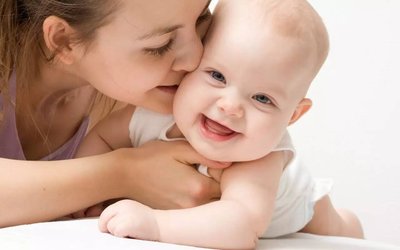Three months old is an important milestone in your baby’s growth. In this short time, the child has changed from a totally dependent newborn to an active, curious and responsive baby. At this stage, the baby has made significant progress in movement, perception and social interaction. As a parent, paying attention to these developmental indicators will not only give you a better understanding of your baby’s growth, but also help you identify and solve potential developmental problems in a timely manner.

In terms of motor development, three-month-old babies begin to show initial control of their bodies. When lying on their stomach, they are able to raise their head and chest, a sign of increased muscle strength in the neck and upper back. Many babies can also use their arms to support their upper body in preparation for future crawling. The baby’s legs also become more active. Whether they lie on their stomach or back, they straighten their legs and kick them vigorously, which not only exercises their leg muscles, but also lays the foundation for turning over and crawling in the future. When the feet are placed on a hard surface, the baby will try to push down the legs, which is an early sign of the development of standing and walking ability. The coordination of the baby’s hand movements has also been significantly improved. Babies begin to be able to open and close their hands, put their hands to their mouths, and even wave hanging objects with their hands. These movements not only exercise fine motor skills, but also satisfy the baby’s desire to explore the world. The development of grasping ability enables babies to grasp toys and try to shake them, which is an important sign of improved hand-eye coordination.
Three-month-old babies have also made great progress in vision and hearing. They begin to be able to look intently at faces, which is essential for social and emotional development. Babies can also follow moving objects and begin to recognize familiar objects and people in the distance, which shows that vision and cognitive ability are improving. In terms of hearing, the baby’s response to sound is more clear. Hearing a parent’s voice will bring a smile and begin to try to make simple sounds, which is the starting point of language development. Babies also turn their heads in the direction of the sound, showing curiosity and improved responsiveness to their surroundings.

Three months is an important time for your baby’s social and emotional development. The appearance of a social smile marks the beginning of the baby’s active interaction with others. Not only do they enjoy playing with people, but they may also show dissatisfaction when the interaction stops. The baby’s communication skills are also improving. Facial expressions have become richer and body language has become more vivid. They begin to imitate some simple actions and expressions, which is an important part of social learning.
While each baby develops at a different rate and in different ways, certain signs may suggest developmental or medical problems that require special attention. If you notice any of the following, it is recommended that you consult your pediatrician:
1. No response
to loud sounds 2. Not paying attention to your hands
when you’re two months old 3. Don’t smile
at your parents’ voices when you’re two months old 4. Can’t support your head
well at three months. 5. Not reaching for toys or putting objects in their mouths
at three to four months of age 6. Don’t try to imitate sounds
at four months 7. Difficulty in eye movement or persistent strabismus
8. Show extreme fear
of new faces 
As a parent, you can support your baby’s development in the following ways:
1. Provide enough time to lie on your stomach to help your baby exercise his neck and upper body muscles.
2. Have frequent face-to-face interactions with your baby to encourage social development.
3. Use colorful toys and objects to stimulate visual development.
4. Talk and sing with your baby regularly to promote the development of language ability.
5. Provide a safe environment for babies to explore and manipulate objects, develop curiosity and motor skills.
Each baby is a unique individual and may develop at a different rate. Be patient, give proper care and stimulation, and believe that the baby will thrive and blossom its own glory.